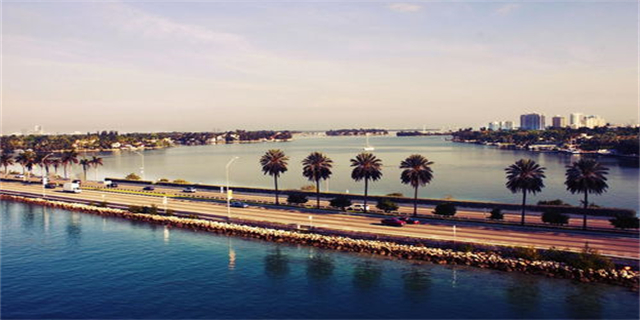雾霾英文单词怎么写(Understanding Air Pollution The Word on Smog)

Understanding Air Pollution: The Word on Smog
Air pollution is an ongoing problem in many parts of the world, and smog is one of the most visible and harmful forms of that pollution. Understanding the issue of smog requires a basic understanding of the vocabulary used to discuss it.
The Basics of Air Pollution
Air pollution occurs when either natural or man-made substances enter the atmosphere and cause harm to living organisms and their environment. Common causes of air pollution include vehicle and industrial emissions, wildfires, and natural events such as volcanic eruptions. The effects of air pollution on human health can range from minor respiratory problems to chronic conditions like heart disease or lung cancer.
What is Smog?
Smog is a type of air pollution that is often seen as a thick haze or fog. It forms when pollutants such as nitrogen oxides and volatile organic compounds (VOCs) react with sunlight in the atmosphere. The resulting smog is made up of particle pollution (also known as particulate matter) and ground-level ozone which can be harmful to breathe and cause respiratory issues, especially in vulnerable populations such as children and the elderly.

The Science of Smog: Key Vocabulary
When it comes to discussing smog, there are several key terms and concepts to understand:
- Particulate matter (PM): Tiny particles of pollution that are made up of a mix of chemicals and substances. PM is often referred to as \"particle pollution\" and can be found in the air we breathe, in soil and water, and even in our homes.
- Ozone: A molecule made up of three oxygen atoms that is naturally found in the Earth's stratosphere. At ground level, however, ozone can be harmful to breathe and is a major component of smog.
- Nitrogen oxides (NOx): A type of pollutant that is released from burning fossil fuels. NOx is a major contributor to the formation of smog and can cause respiratory issues in humans and damage plant life.
- Volatile organic compounds (VOCs): Organic chemicals that are released into the air from both natural and man-made sources. VOCs can react with nitrogen oxides and sunlight to form ground-level ozone and smog.
Smog is a complex issue that requires a multifaceted approach to addressing its causes. As individuals, we can make small changes in our daily lives to reduce our contribution to air pollution and smog, such as carpooling or using public transportation, reducing energy consumption, and avoiding outdoor activities during peak smog hours. At the same time, government and industry must commit to regulations and policies that prioritize air quality and public health.












